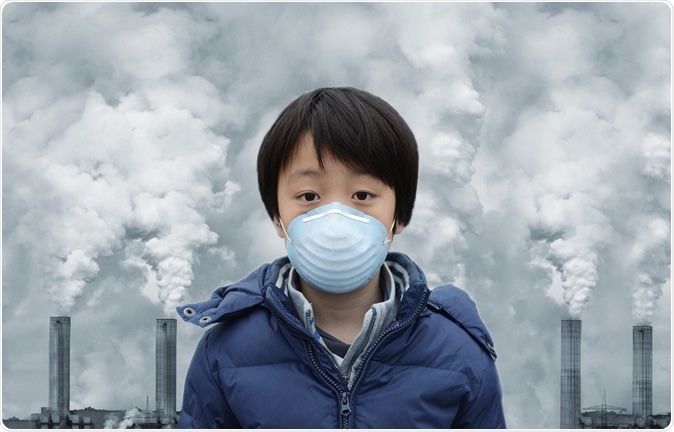The World Health Organization (WHO has come up with a list of 10 major threats that are to affect the global population in 2019. Some of these include problems arising from air pollution and climate change which is slated to be the top threat.

Image Credit: Hung Chung Chih / Shutterstock
The problems range from communicable diseases such as measles and diphtheria that are vaccine preventable, to non communicable diseases such as heart disease, obesity, drug resistant microbes etc. The WHO has come up with a list to address these 10 threats. This year 2019 is slated to be the start of the five-year plan from the organization to tackle these threats. The 5 year strategic plan is called the 13th General Programme of Work or the 13th GPW. The plan aims to target that at least 1 billion more of the world population benefit from the health care policies that protect them against health emergencies and 1 billion more people enjoy better health conditions.
The top of the list of threats is taken up by air pollution and climate change related problems. The WHO reports that 90 percent of the world’s population today is breathing in toxic fumes that come from burning of fossil fuels and other sources.
Air pollution alone is responsible for premature deaths of 7 million people annually. It is responsible for causing a variety of conditions including heart disease, stroke, lung diseases, cancers etc. The WHO reports that majority of the deaths caused by air pollution occur among people living in low and middle income countries. These nations have the maximum amount of toxic emissions from the industrial ventures, agricultural processes and from transportation. Fuels and cooking methods used in the homes of these nations are also majorly polluting and this raises the risk of exposure to polluted air at home. The WHO estimates that between 2030 and 2050 the air pollution and climate change caused 250,000 more deaths. These deaths are not only directly due to air pollution and climate change but also due to diseases such as malaria, diarrhoea and heat stress, the WHO report adds.
The WHO report states, “WHO has the potential to dramatically improve the health of our world over the coming five years. The purpose of this thirteenth general programme of work 2019−2023 (GPW 13) is to seize this opportunity. WHO will only succeed, however, if it bases its work on the Sustainable Development Goals (SDGs). The 2030 Agenda for Sustainable Development views health as vital for the future of our world.” The report adds that they call upon all the stakeholders to “Ensure healthy lives and promote well-being for all at all ages.”
According to the report the baseline number of deaths attributed to air pollution and climate change in 2018 is at 106 deaths per 100,000. At the rate of the current trends the numbers are estimated to remain at 99.5 deaths per 100,000 in 2023 and 91.1 deaths per 100,000 in 2030. The WHO target is at 99.5 and 91.1 deaths per 100,000 by 2023 and 2030 respectively as part of the SDG. The report adds that the WHO’s target is to “reduce the mortality rate attributed to household and ambient air pollution by 5%.” The indicator for such progress would be mortality rate “attributed to household and ambient air pollution”
According to the WHO report the SDG would be –
- “By 2030, substantially reduce the number of deaths and illnesses from hazardous chemicals and air, water and soil pollution and contamination.”
- “Ensure access to affordable, sustainable, and modern energy for all”
- “By 2030, reduce the adverse per capita environmental impact of cities, including by paying special attention to air quality and municipal and other waste management”
- “Strengthen resilience and adaptive capacity to climate-related hazards and natural disasters in all countries”